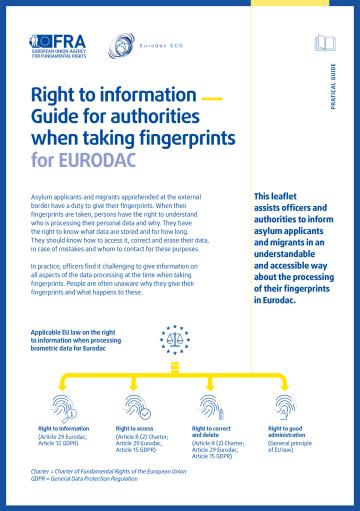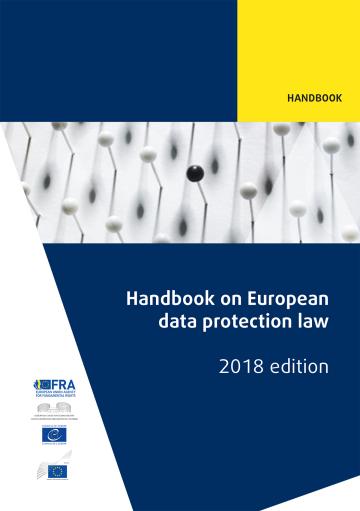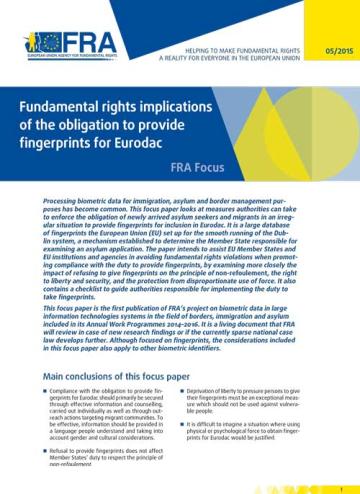The entry/exit system (EES) is a large-scale information system of the European Union (EU) to register the entry and exit of short-stay non-EU nationals coming to the Schengen area. The EES Regulation (Regulation (EU) 2017/2226, as amended) is the legal basis for this system, which captures and stores personal data, including facial images and fingerprints. Designed to strengthen border management and improve the efficiency of migration control, the EES replaces manual stamping of passports at borders with automated data collection and verification.
The European Commission estimates that the data from approximately 300 million border crossings by non-EU nationals will be recorded in the EES per year – noting that this figure refers to individual crossings, not people. Under Commission Implementing Decision (EU) 2025/1544, the EES will start to operate on 12 October 2025. Pursuant to Regulation (EU) 2025/1534, not all functions of the EES will be implemented during the first six-month progressive start period.
While the EES promises operational benefits, its implementation also carries significant implications for the fundamental rights of non-EU nationals who require mitigating measures. An example of mitigating measures could be reducing hardship for vulnerable passengers. The system touches on a broad range of rights enshrined in the European Union Charter of Fundamental Rights (the Charter), including: human dignity (Article 1), respect for private and family life (Article 7), the protection of personal data (Article 8), the prohibition of discrimination (Article 21), and specific protection for children, older persons, and persons with disabilities (Articles 24–26). It may also affect the right to asylum (Article 18) and the principle of non-refoulement (Article 19).
Exercising the right to an effective remedy (Article 47) against incorrect decisions based on EES records is also a central consideration, given that biometric matching errors may occur despite safeguards. The rate of false results will never be zero. For a system that processes hundreds of millions of records, even a very small error rate affects a considerable number of people.
Charter rights, which are included in the European Convention on Human Rights (ECHR) and its protocols, must be interpreted in the same way as the equivalent rights in the ECHR, in accordance with Article 52(3) of the Charter. This means that the case law of the European Court of Human Rights (ECtHR) must be duly taken into account when determining the meaning and content of rights set forth in both the Charter and the ECHR. This is the case for many Charter rights.
The EES Regulation itself contains numerous fundamental rights safeguards, which need to be implemented when operating the system. For non-EU nationals, decisions based on EES data must be transparent and fair. Non-EU nationals with specific needs, such as children, should not face an additional burden (Article 10), and effective safeguards must be in place to ensure data accuracy (Articles 35 and 39), access to information (Article 50) and the right to seek correction or redress (Article 52). These safeguards do not only fulfil legal obligations, they also enhance the reliability and functionality of the system itself.
The EES is one of six large-scale information systems that the EU is in the process of setting up to support asylum, border and immigration management, policing and internal security. These systems will become interoperable, meaning that responsible authorities can access or view certain data across the systems, for example to establish the identity of a non-EU national. Gaps in the reliability and accuracy of data in the EES may thus lead to adverse impacts on individuals in other procedures, such as asylum or immigration procedures, more generally. For an overview of the fundamental rights risks and opportunities of the EU’s large-scale IT systems, the reader can consult the online information platform on the EU’s IT systems for migration and policing, and their interoperability, which the European Union Agency for Fundamental Rights (FRA) published in 2024. The platform informs non-EU nationals, lawyers and civil society organisations about the main features of the EU’s IT systems and provides guidance on how to help data subjects exercise their rights.






